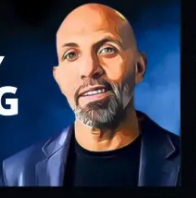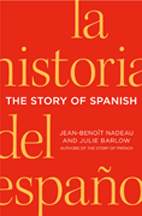
Photo: Revista Argentina Siete Días
The date el 11 de Septiembre (September 11th) has another significance in the Hispanic world, particularly in the Americas, and particularly among left-leaning circles. It is the date of the 1973 military coup against Salvador Allende, in Chile – carried out with the support of the CIA.
When Allende became president of Chile in 1970, he immediately implemented a socialist program, the key features of which were nationalizations and land reform. Despite a promising start, the reforms were stifled because of economic recession and deepening political conflict within Chilean society. On September 11, 1973, the army took control of the government. During the siege of the presidential palace, Allende shot himself. This traumatic event ushered in the 20-year dictatorship of coup leader Augusto Pinochet.
Allende came to power in the wake of the Cuban Revolution of 1959, when Latin America was placing high political hopes in the capacity of the Left to reform society. In many ways, the so-called “Latin American Boom,” a literary movement spear-headed by authors like Gabriel García Márquez, Mario Vargas Llosa and Carlos Fuentes, was the expression of these hopes. The Chilean coup is often regarded as the end of the Latin American Boom period.
The Chilean coup was followed by phenomenal chaos that produced massive movements of refugees, and sent 200 000 Chilean (2% of the population) into exile. Thanks to Chile’s highly regarded education system, most of these exiles were skilled. They went to Venezuela, Mexico, Cuba and Costa Rica, Brazil, and Canada. For political reasons, they were never particularly welcome in the United States.
Although Latin America could not have been viewed as being at peace prior to the Chilean coup, the events of September 11, 1973 did trigger two decades of acute political violence and unrest, including Argentina’s Dirty War and Falkland War, the Sandinista revolution in Nicaragua, civil war and drug lords in Colombia, Peruvian militarism and democracy, Salvadoran revolution, Peru’s guerilla of Sendero Luminoso, and Mexico’s subcomandante, Marcos’s Zapatista rebellion.
The complete story of how the United States entered the Spanish-speaking world is told in our new book, The Story of Spanish, to be released April 2013 (St. Martin’s Press).











